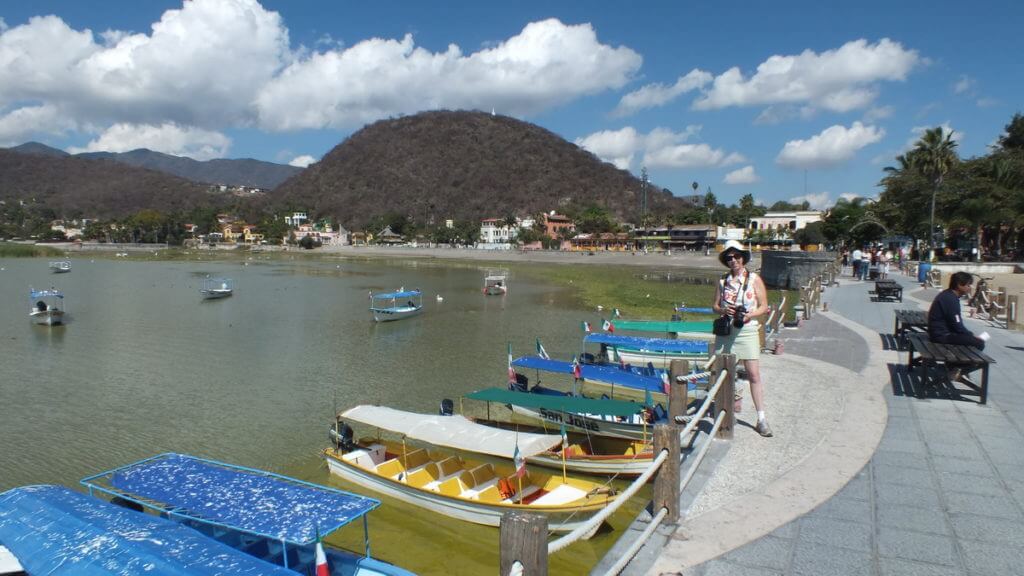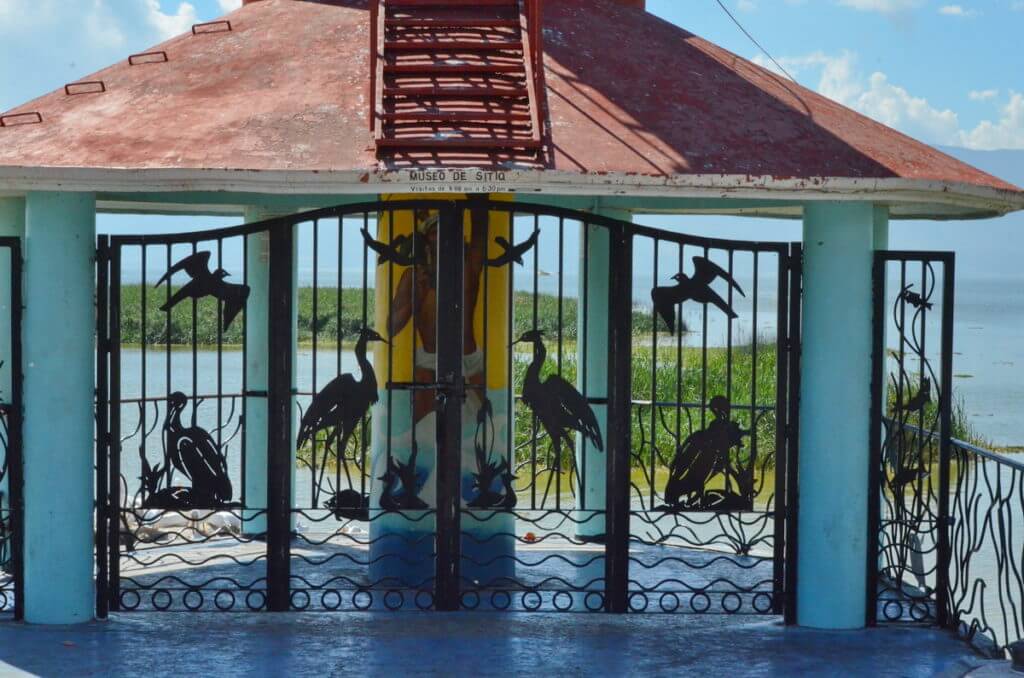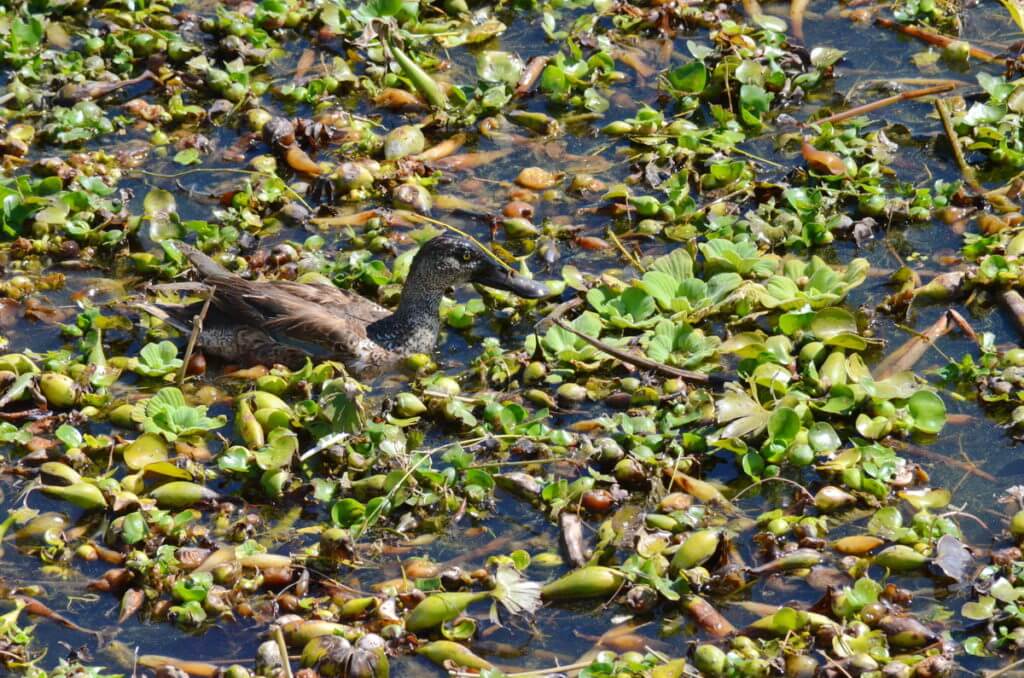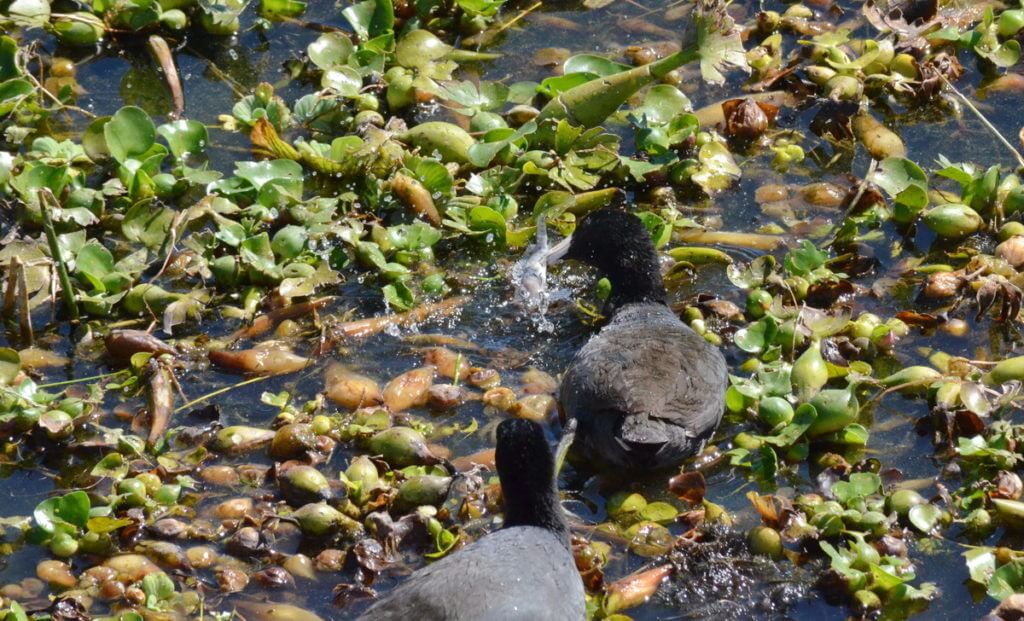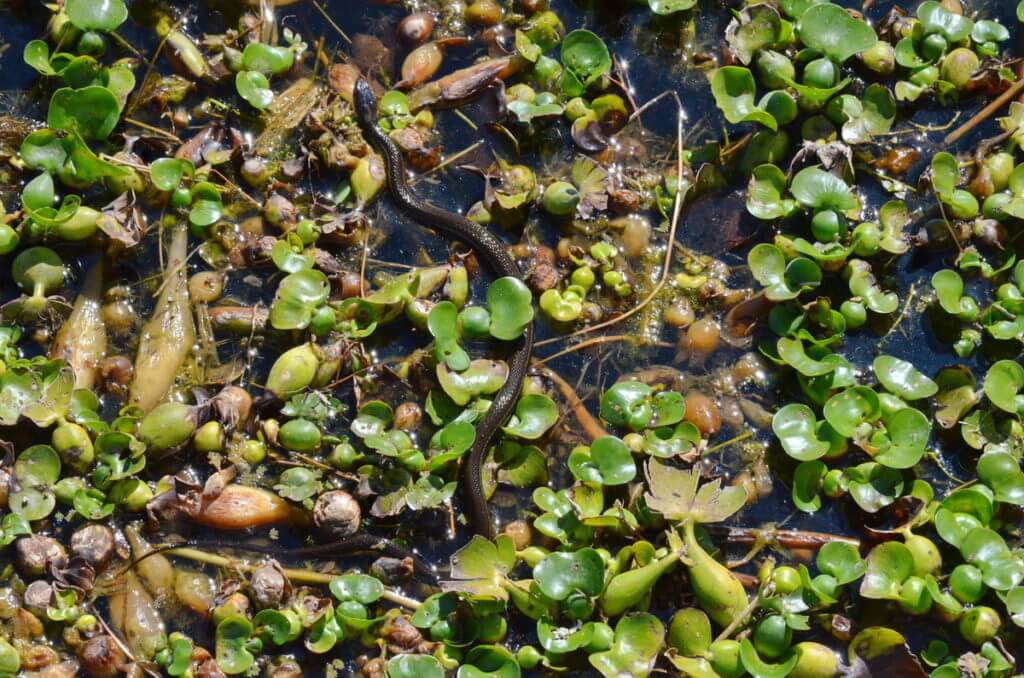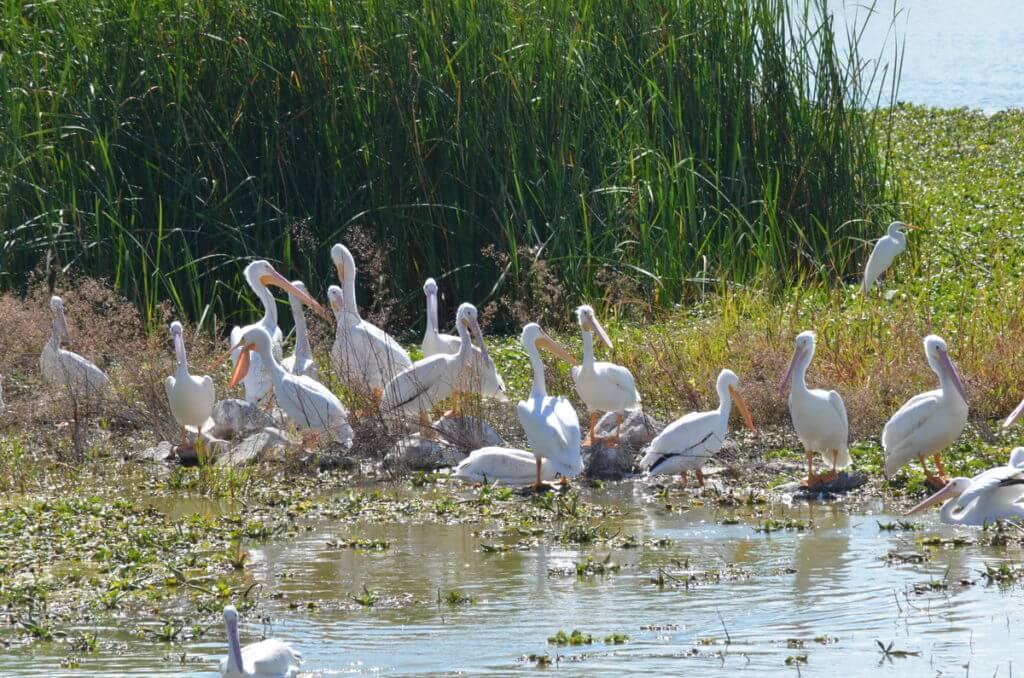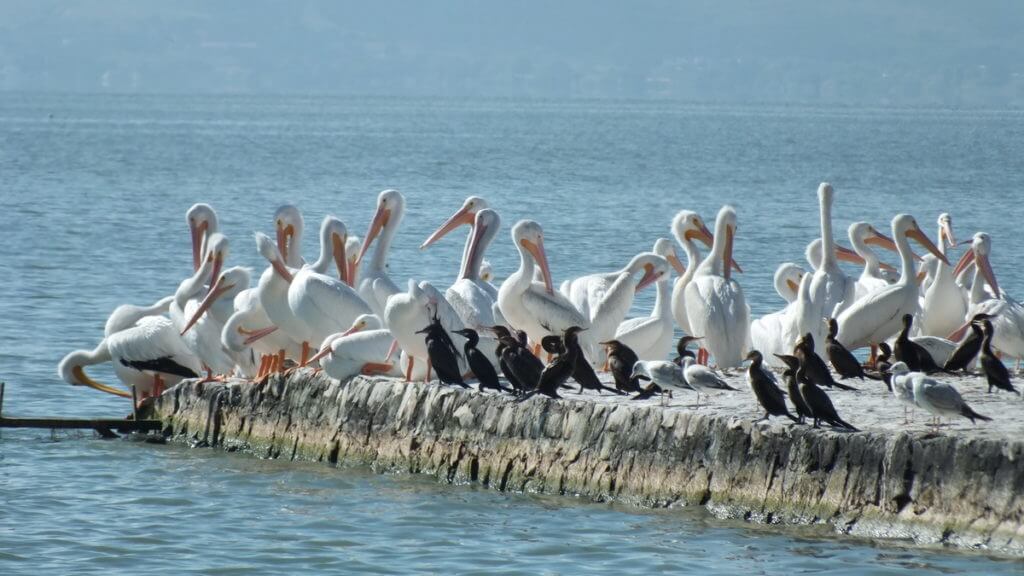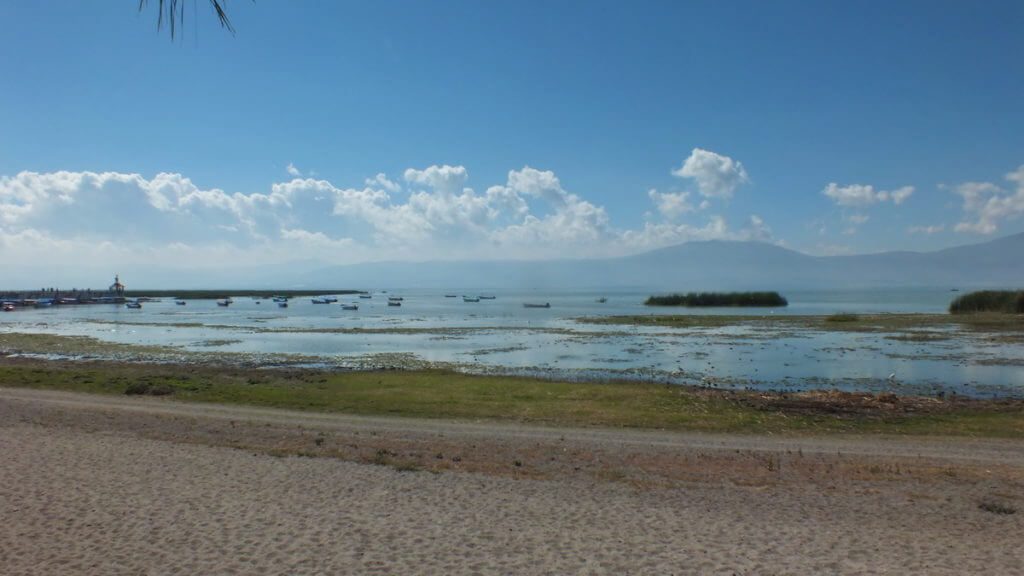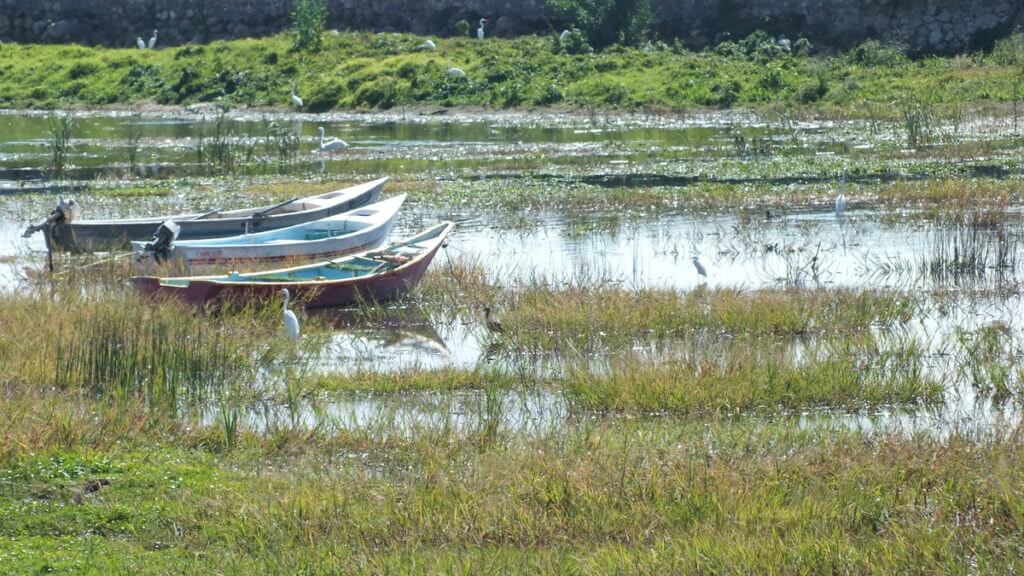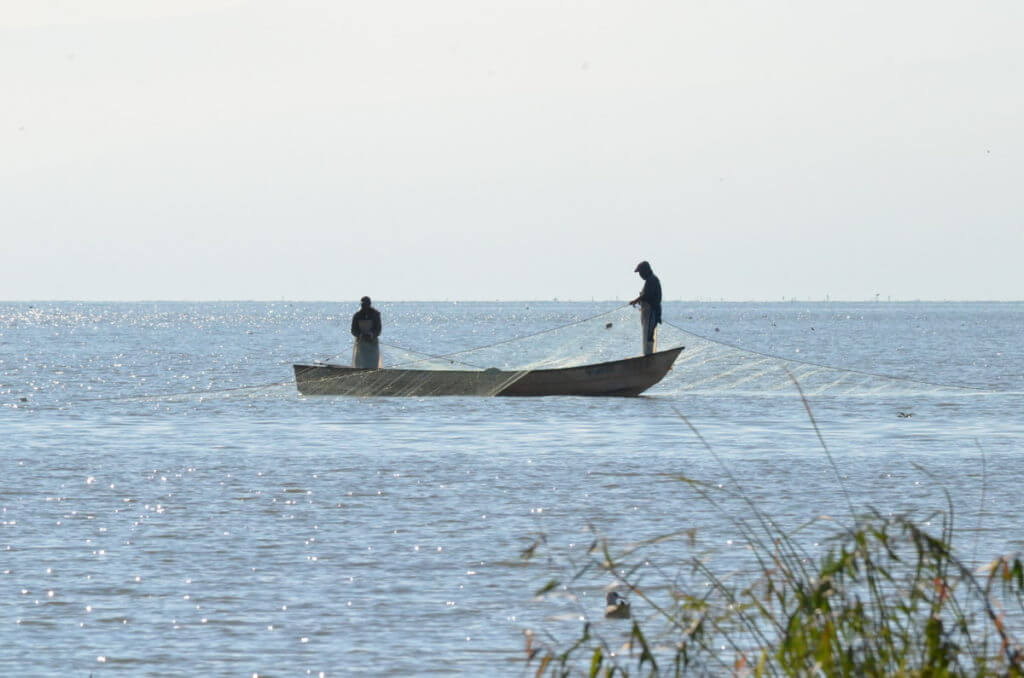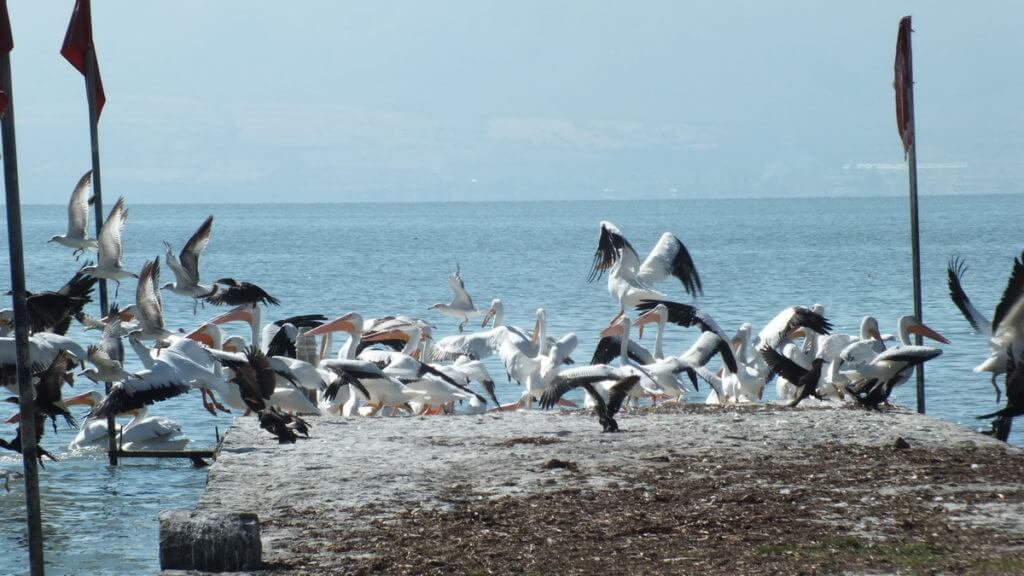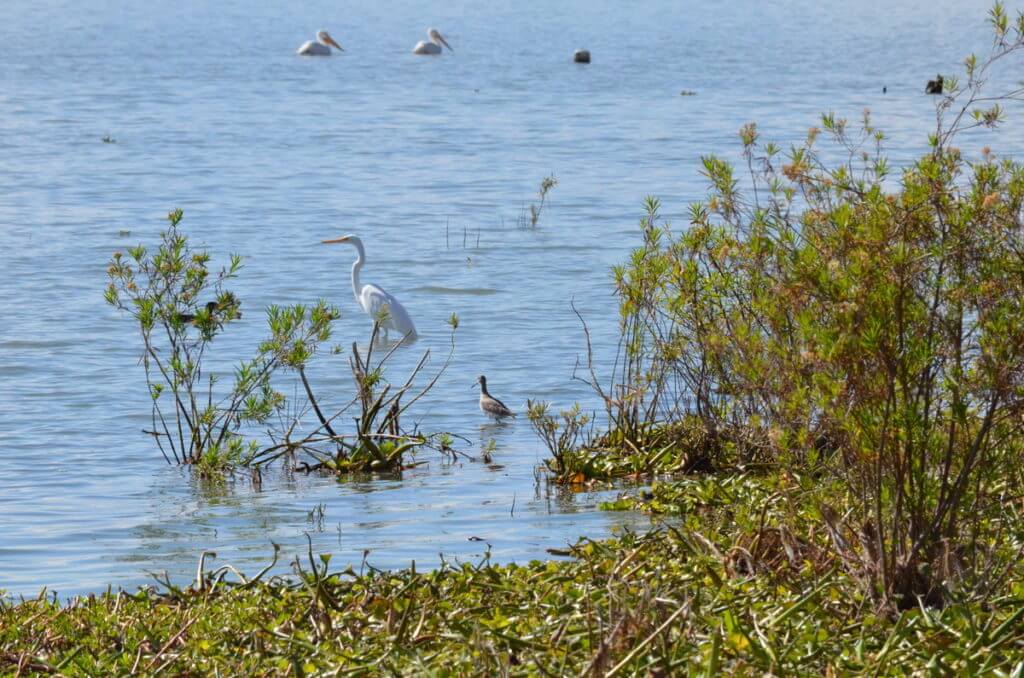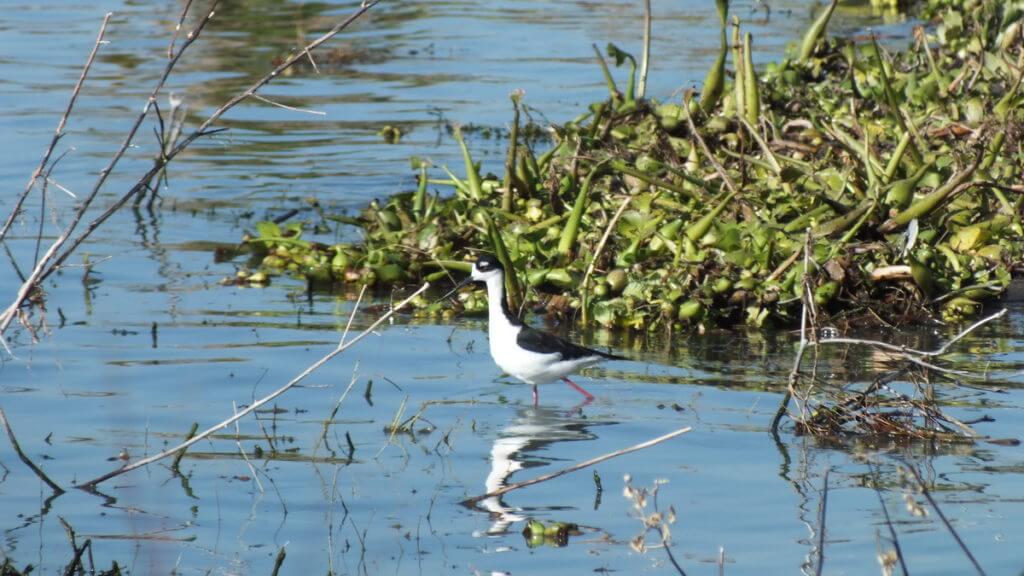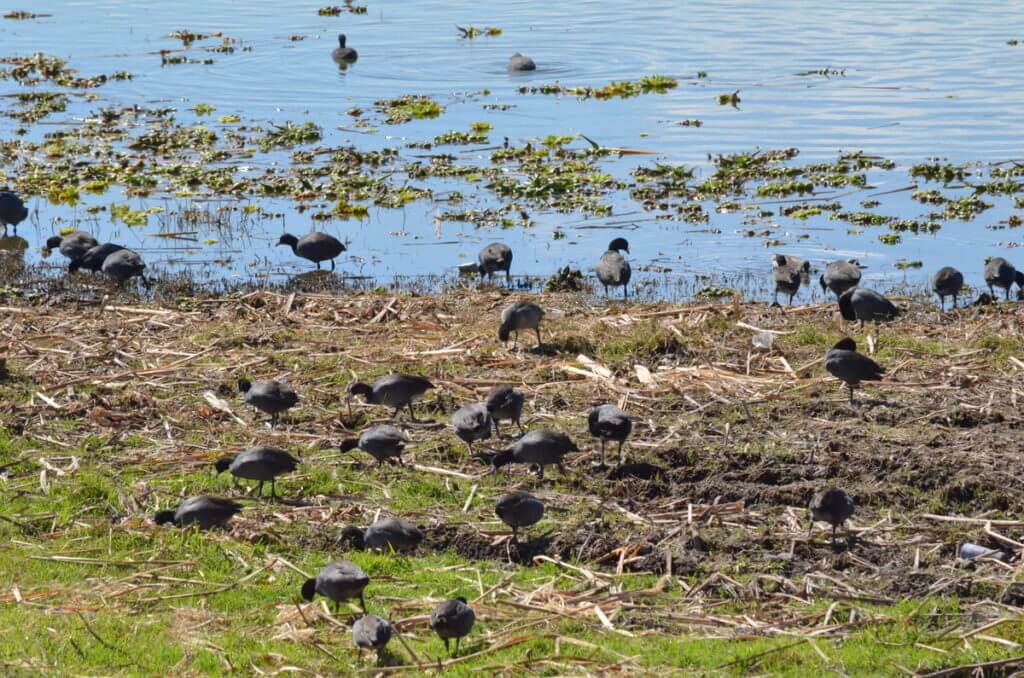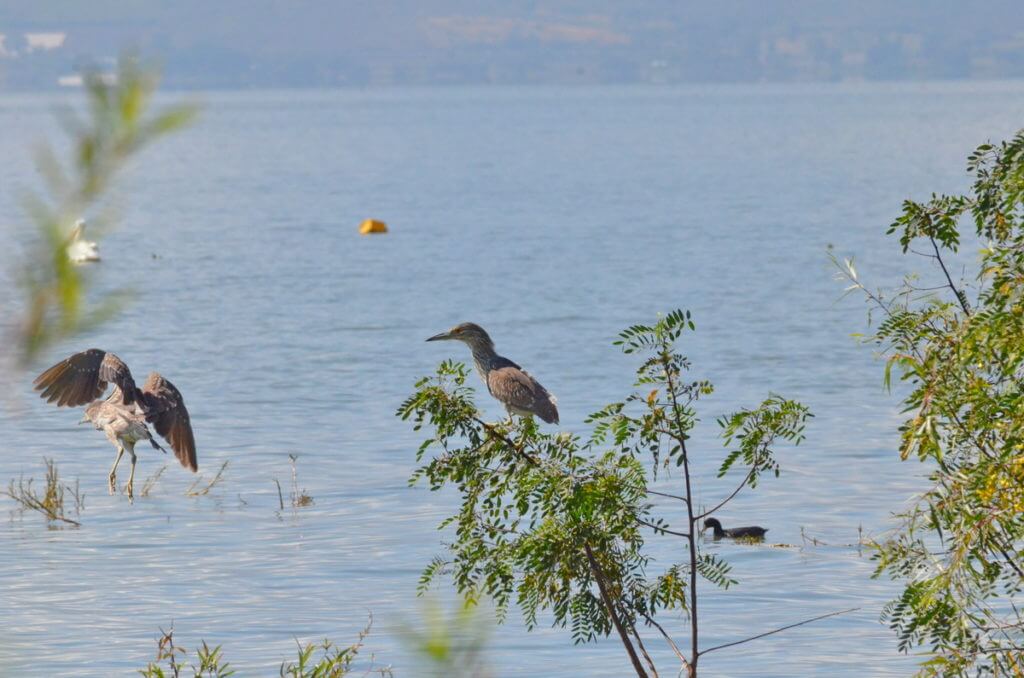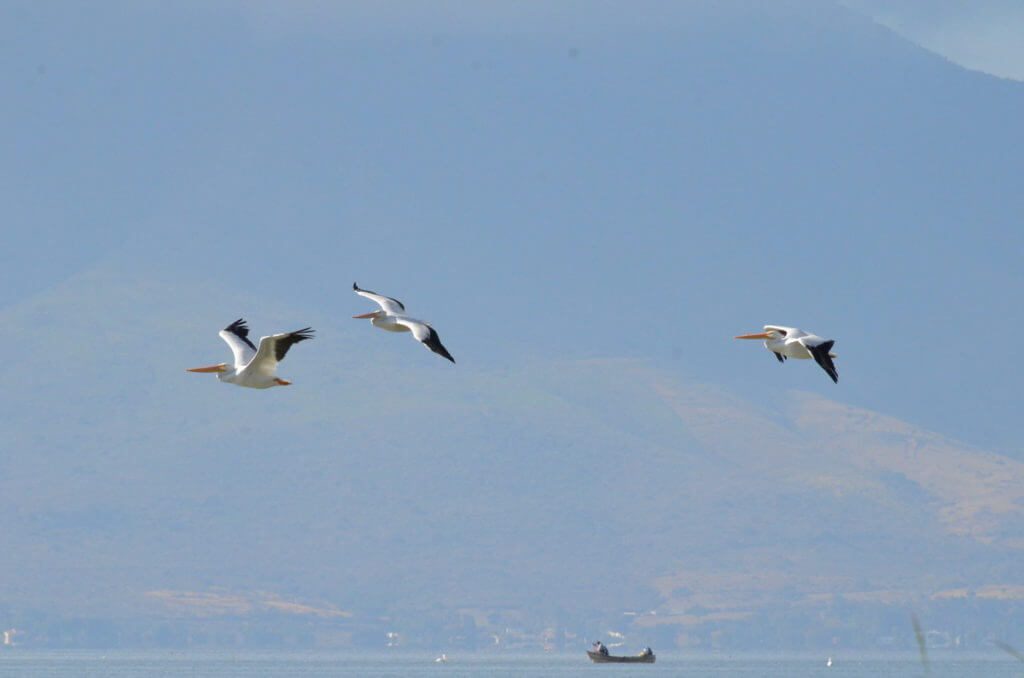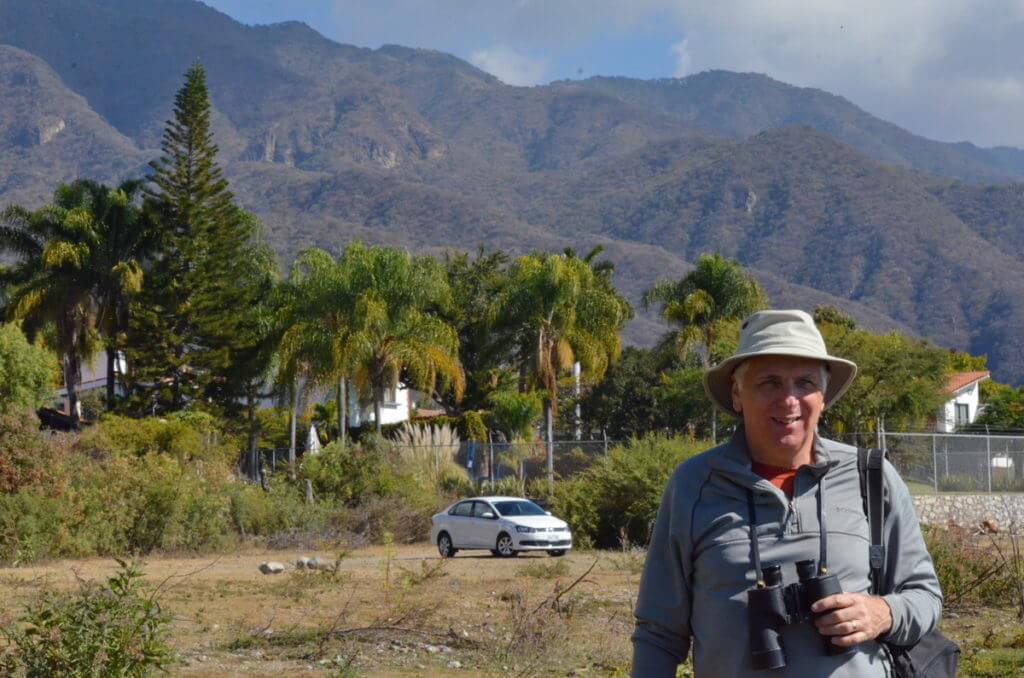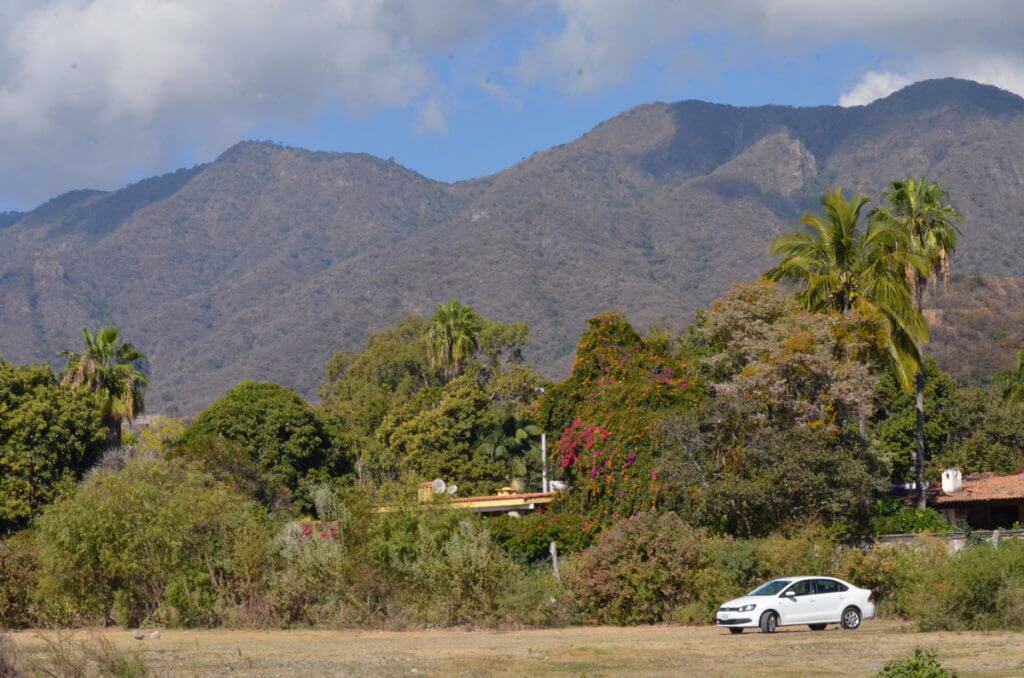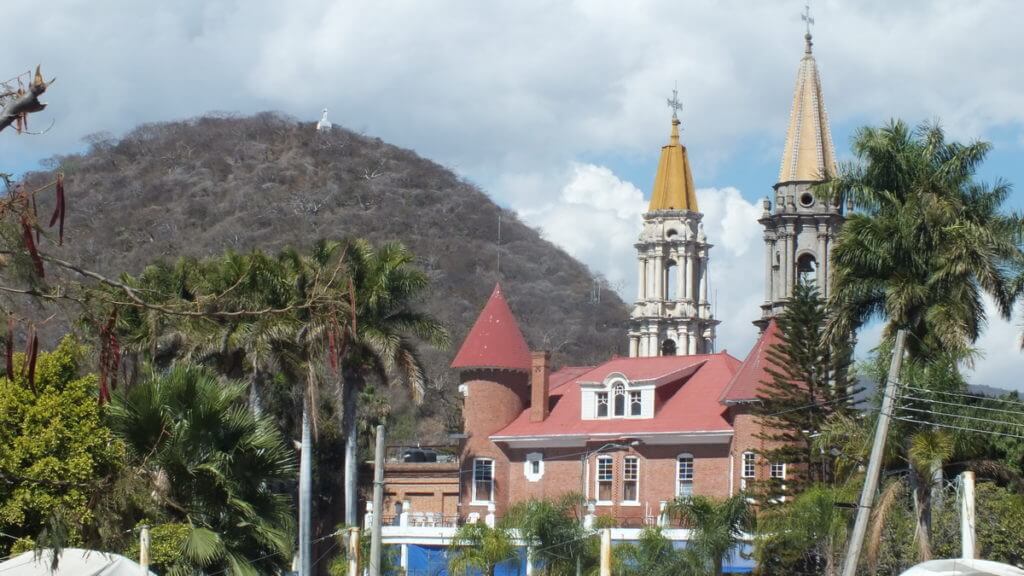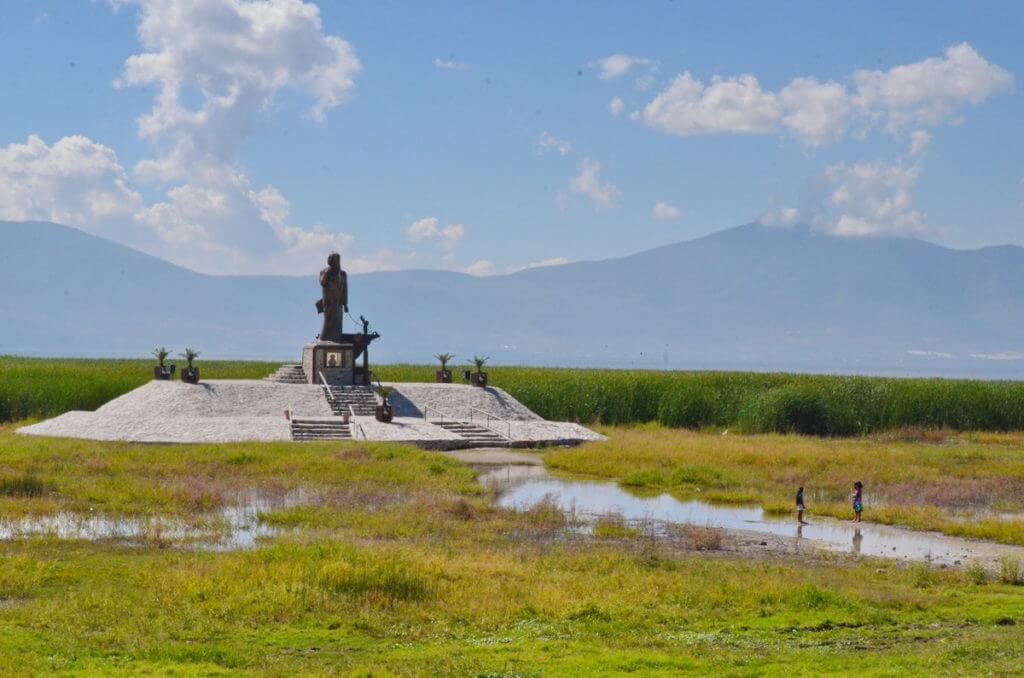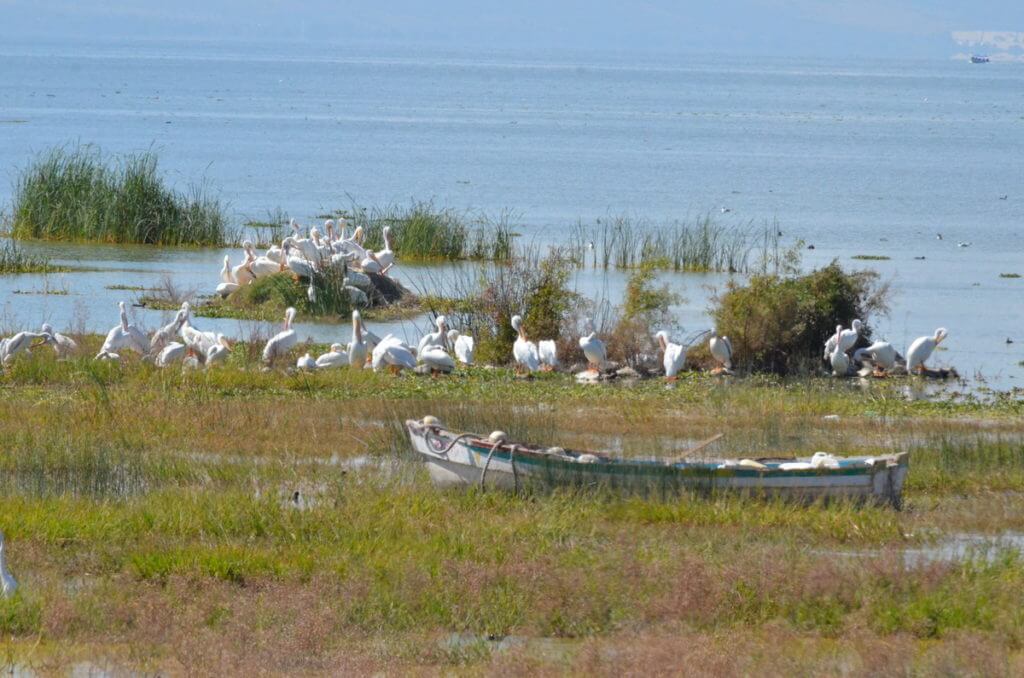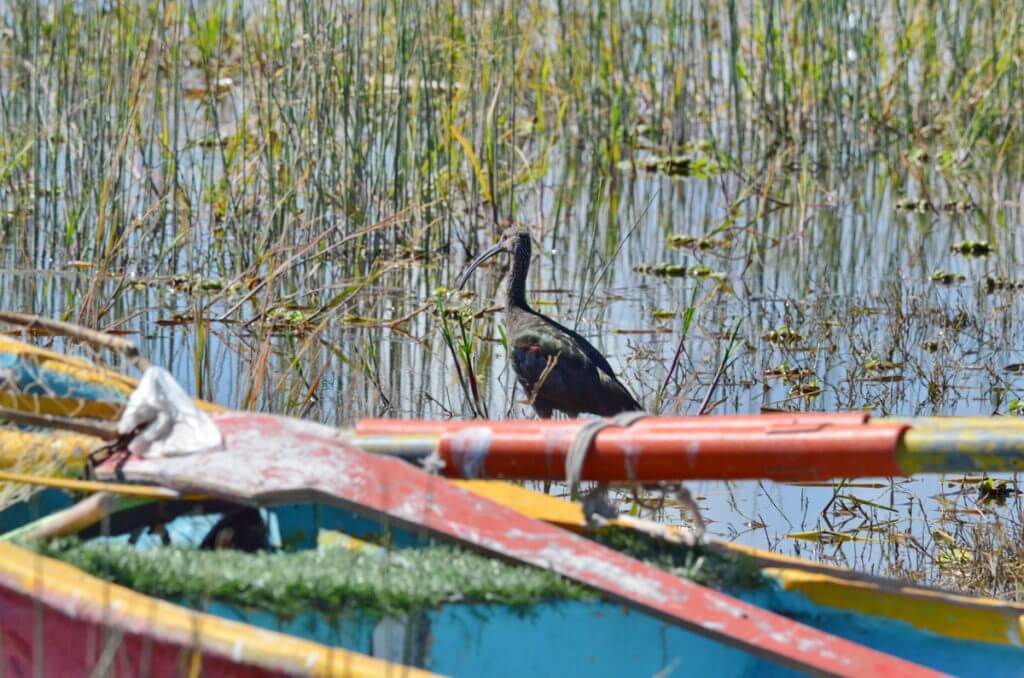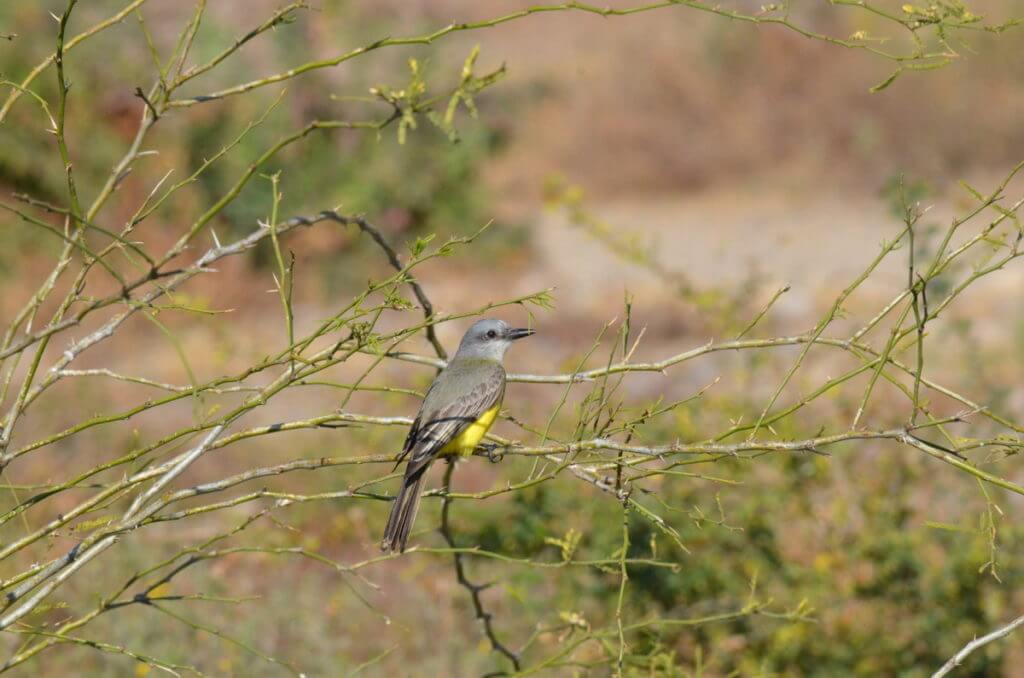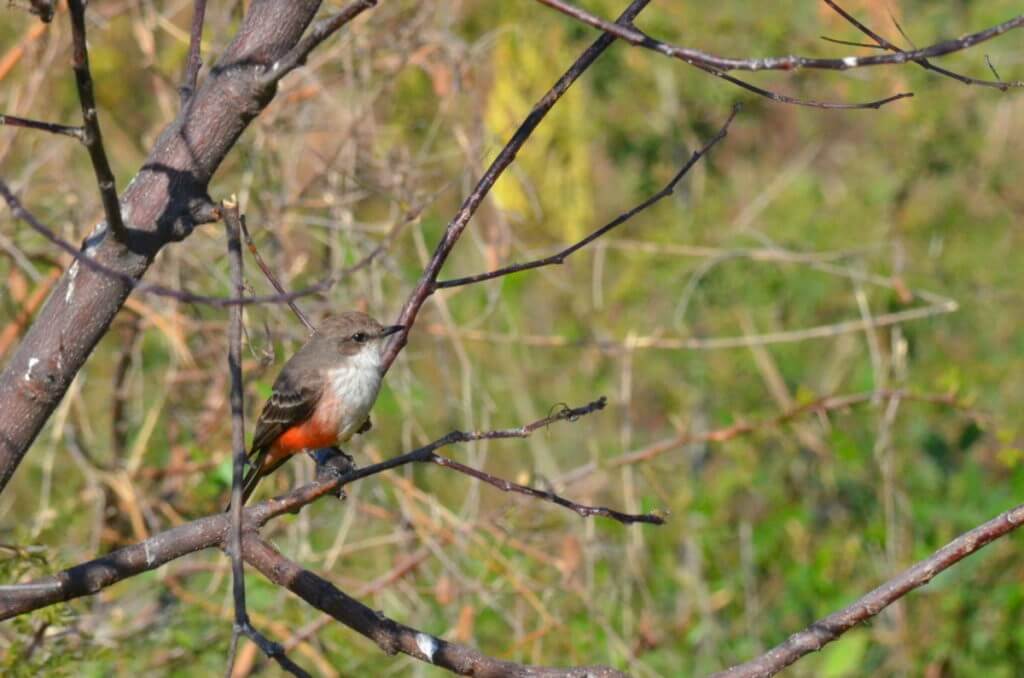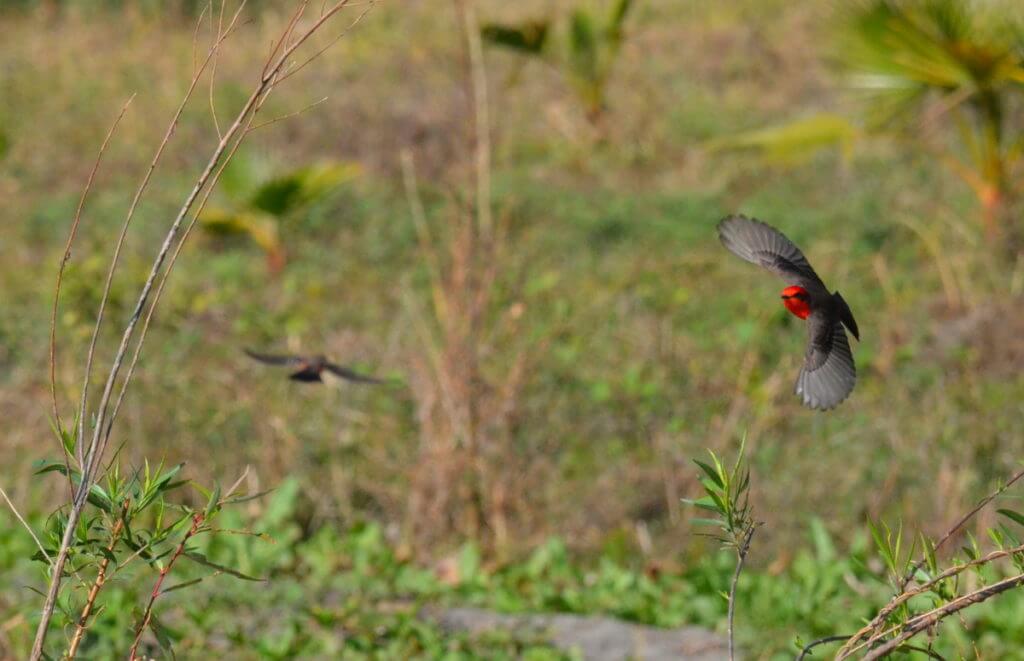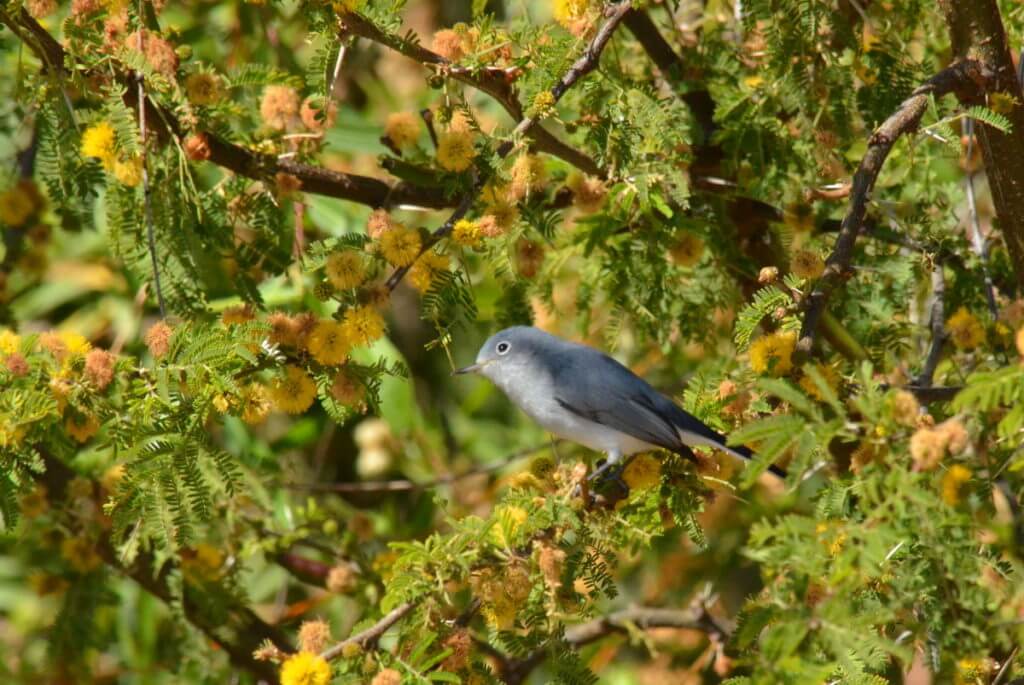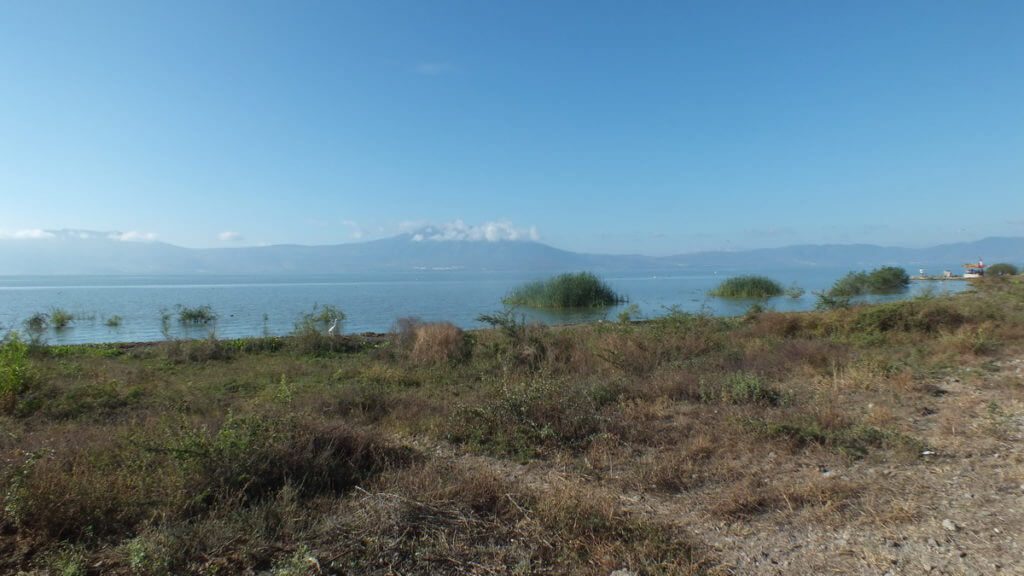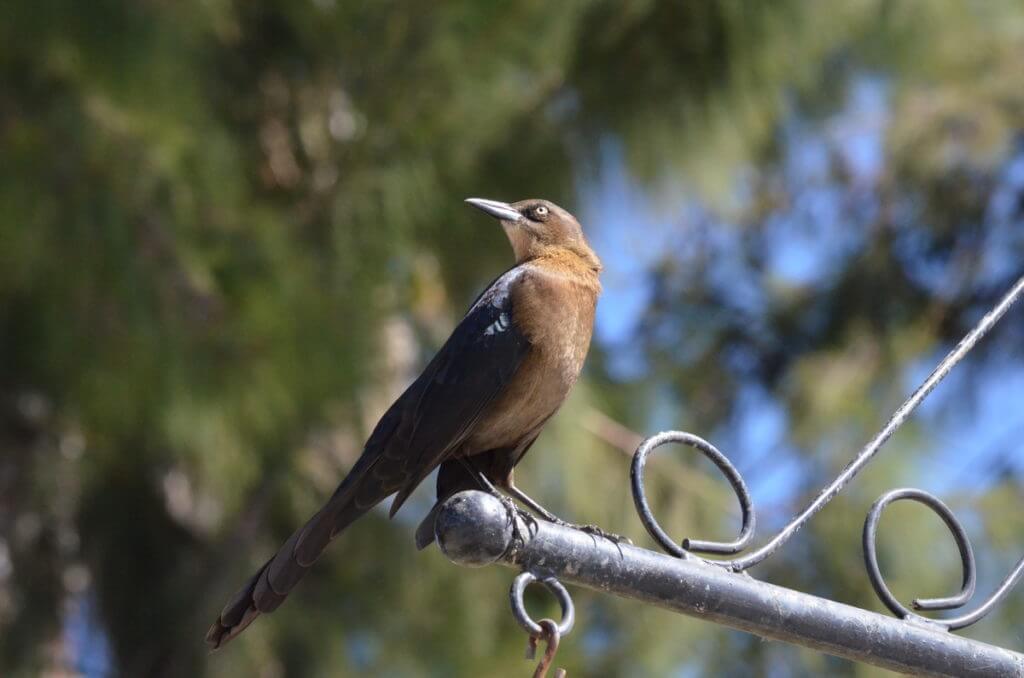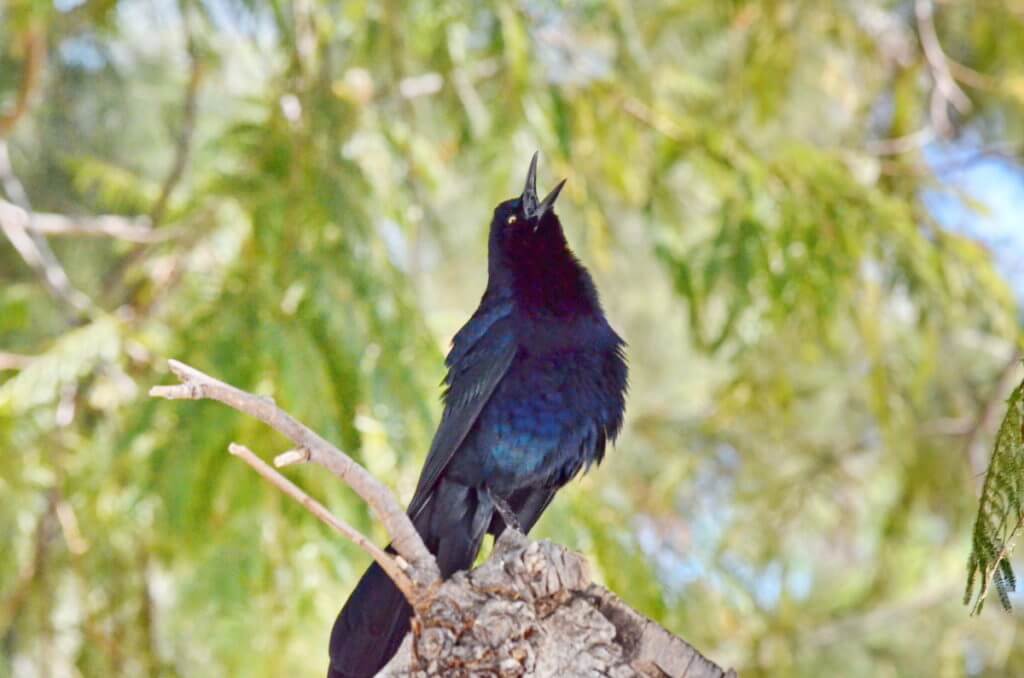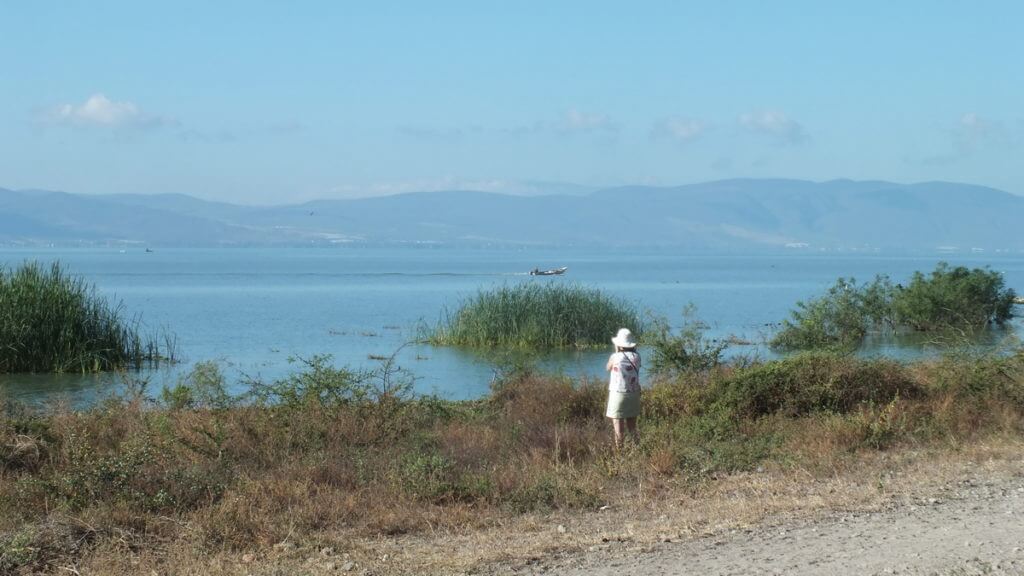Lake Chapala Birding En Route To Mexico City
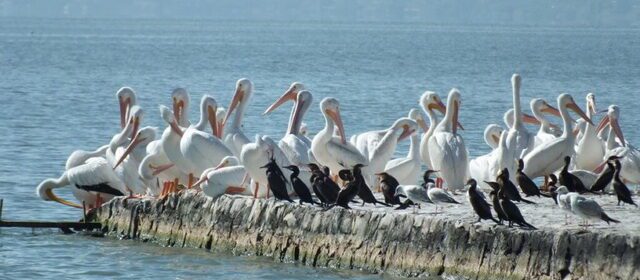
On our last day in Mexico, Bob and I planned to do a little birdwatching along the shores of Lake Chapala before heading east to Mexico City for our evening flight. As we packed our luggage, pastoral sounds emanating from the urban farmyard next door floated in on the cool breeze. Shortly thereafter, we found ourselves in the colourful community of Chapala located on the north shore of Lake Chapala.
A good assortment of restaurants, parks and hotels are fronted by a generous elevated walkway, the Chapala Malecon, that follows the contours of Lake Chapala’s shoreline. It is built a very respectable distance from the water in light of the fact that the water level fluctuates considerably in between droughts.
Fishing boats and launches for hire bobbed on the water in a cove sheltered by a very long pier that ended in a beautiful gazebo.
With a long drive ahead of us later in the day, Bob and I took full advantage of the quiet waterfront for a stroll before the popular destination became crowded with people.
Although the gazebo had fanciful wrought iron renderings that featured some of the shorebirds, we were surprised to find the structure with a locked gate.
In the calm water next to the pier, a broad mat of Water Hyacinth leaves provided shade for schools of minnows, while edging their way through the tangle were Northern Shoveler Ducks.
Lake Chapala is the largest body of fresh water in Mexico and is ideally situated on the migratory route for many species of birds that migrate from North America to the area for the winter. As we looked on, American Coots watched for movement between the leaves and often came up with a small Tilapia.
Aquatic birds were not the only creatures looking for a meal there among the vegetation. Bob’s keen eye picked out a sleek Mexican Gartersnake slithering atop the Water Hyacinth leaves where it promptly snatched up a frog.
Living on Lake Chapala from November until March each year is a population of American White Pelicans that migrate from central Canada each year. We have also had occasion to see these birds on their breeding grounds in western Canada.
Across the water, populating a concrete breakwater, scores of American White Pelicans were perched with a collection of Cormorants, both Neo-tropic and Double-crested.
Lake Chapala is a shallow lake with a mean depth of 23 feet, and is only 34 feet at its deepest. It is fed by 4 rivers with the Lerma River (Rio Lerma) being its primary source. Because the flow of water from the Lerma River into Lake Chapala has dwindled significantly, no water has flowed out of the lake for 30 years or so.
Despite the negligible exchange of water in the lake, there is still a healthy population of a variety of fish. Catfish, Tilapia, Carp and Charales are the four most common species, Tilapia having displaced the native fish species Pescado Blanco (White Fish).
Fishing is one of the most important industries in the community with about 6,000 people making their income from it. Fishermen just offshore were setting their nets as we looked on.
There seemed to be no concern for the flocks of Pelicans and Great Egrets that vie for some of the fish, so the supply must be more than adequate to support the needs of both man and birds.
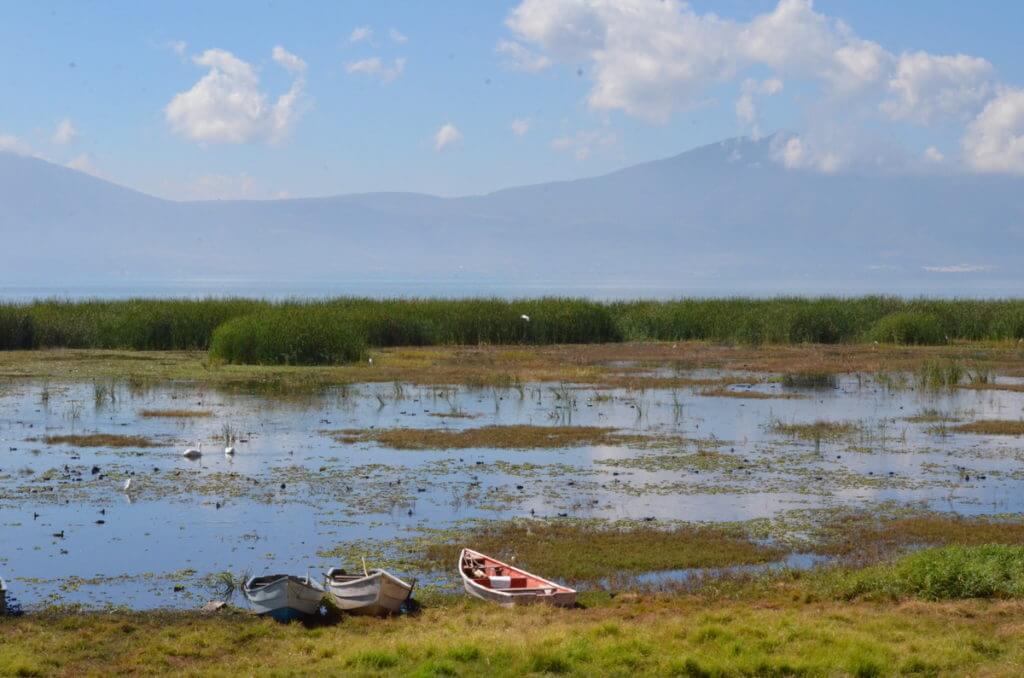 Given how shallow the water is in Lake Chapala, it was no surprise to see broad mudflats around the perimeter that provided perfect habitat for many shorebirds.
Given how shallow the water is in Lake Chapala, it was no surprise to see broad mudflats around the perimeter that provided perfect habitat for many shorebirds.
Great Egrets were numerous, but also plying the edge of the lake were Spotted Sandpipers,
Black-necked Stilts,
a good many American Coots,
Black-crowned Night Herons,
and the throngs of American White Pelicans.
What an ideal morning to explore the shoreline of Lake Chapala. Few other people were interested in venturing away from the Malecon or took notice of the birds flitting about. Bob and I were soaking up the ambience of the quaint lakeside community where the temperature is almost a constant 70° Fahrenheit.
Nestled at the foot of richly forested slopes of Sierra Madre, Chapala has attracted a large population of senior citizens from abroad who like to make the area their second home during the winter months.
From the 1890s until the early 20th century, Lake Chapala was the playground for well-to-do members of society from nearby Guadalajara. Elegant hotels now occupy one-time mansions that lined the beaches overlooking the water.
In this photo, you can see another hotel by the Chapala Malecon with St. Francis of Assisi Church in the background.
Bob and I spent little time exploring the town centre being intrigued, instead, by a sculpture back at the water’s edge.
The sculpture by Dino Mario Zilla portrays Jesus as a fisherman blessing the fisherfolks who are about to try their luck on Lake Chapala.
Tidy rows of boats pulled up on the sand enticed would-be fisherpeople to try their hand at the popular sport.
Mired in the shallows was another skiff,
while nearby a local was just setting off. He had to pole the boat into deeper water.
Bob and I were just going to head to the less-developed end of the beach when we noticed a White-faced Ibis loitering around a colourful scow. It was probing the mud with its long bill, and moved from spot to spot along the shore with us following at a distance.
Tall, leafy trees shade the park near the Malecon, but the land at the west end of the community was more rugged and natural. That is where Bob and I hoped to find a variety of songbirds.
In fact, we did. Tropical Kingbirds were hawking for insects that took to the air as we trod through the dry grass.
The insect population must have been plentiful because a pair of Vermilion Flycatchers also were busy catching bugs in the air.
The striking red plumage of the male Vermilion Flycatcher is so beautiful.
In a hedgerow next to a property line, we found a lovely Blue-gray Gnatcatcher. There was no way to know if this individual had migrated from Canada or the United States, or if it is one that is a year round resident.
That early in the morning, all the birds were actively foraging for breakfast.
Lake Chapala formed eons ago in the bottom of a rift valley. Once much larger, the Lake still overflows its banks on occasion, and that is why the Chapala Malecon was built. It is intended to prevent Friendship Park from being inundated as it was in 2008.
An ever-present sight was that of Great-tailed Grackles. This female proudly kept watch over the beach.
With its mechanical sounding rattling notes, it was not difficult to keep track of this male Great-tailed Grackle.
At 1:30 p.m., we hit up a grocery store for food items to sustain us until we got to Mexico City. The drive to the city was without incident, but with darkness falling around us, negotiating the streets to the airport was nightmarish. Finally, at 9:30 p.m., we found ourselves safely installed in our hotel room feeling thankful that the GPS had single handedly guided us to our hotel or we might still be circling the airport.
Frame To Frame – Bob and Jean




